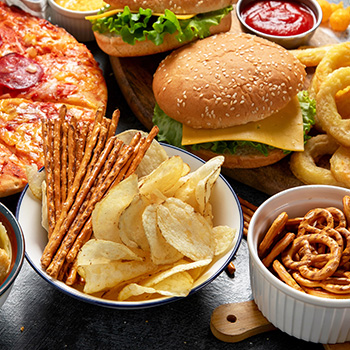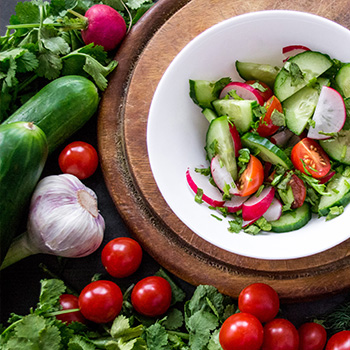 Have you ever wondered what a plate without artificial colors might do for your family? As someone with a busy career and bustling household, I’m always on the lookout for simple changes that can lead to big improvements—not just for our wallets but also for our well-being.
Have you ever wondered what a plate without artificial colors might do for your family? As someone with a busy career and bustling household, I’m always on the lookout for simple changes that can lead to big improvements—not just for our wallets but also for our well-being.
Over the years, synthetic food dyes like Red 40, Yellow 5, Blue 1, Blue 2, and Green 3 have become common in processed foods.
These dyes are used to make products more eye-catching to our kids. However, concerns have been growing over their potential health effects. For decades, parents and experts have noted links between some of these dyes and issues like hyperactivity and allergic reactions in sensitive groups. In some parts of the world, stricter regulations and bans on these additives have already led to noticeable positive changes in children’s behavior and overall health.
Switching away from these synthetic additives isn’t just about avoiding potential risks; it’s a step toward embracing whole foods. Unlike processed foods, whole foods come packed with essential nutrients, fiber, and natural antioxidants. When you choose a meal made from fresh fruits, vegetables, whole grains, and lean proteins, you’re not only fueling your body with better ingredients—you’re also sidestepping the barrage of unnecessary chemicals.
 Historically, in America, the rise of processed foods in the mid-20th century correlated with increasing rates of diet-related health issues.
Historically, in America, the rise of processed foods in the mid-20th century correlated with increasing rates of diet-related health issues.
Communities that began to pivot toward natural diets, emphasizing whole foods and home cooking, often saw improvements in energy levels, reduced incidences of allergies, and even better focus in children. This change showed that small tweaks in our diets could lead to big, meaningful health benefits.
Looking ahead, imagine a future where food manufacturers eliminate synthetic dyes. We might see an extra boost in public health as our diets gradually shift back to natural, nutrient-rich ingredients. Healthier families mean fewer money-draining medical bills and a healthier community. For parents, there’s an added bonus: raising healthy children who learn early on the value of good nutrition. When kids grow up on whole foods rather than processed snacks dyed with artificial colors, they’re also more likely to develop a lifelong appreciation for ingredients that nourish them.
 The change is on the horizon.
The change is on the horizon.
More companies are beginning to remove synthetic dyes in favor of natural alternatives, spurred by consumer demand and growing scientific evidence. As these trends continue, adopting a diet of whole foods can serve as a low-risk, high-reward strategy for both a healthier lifestyle and long-term financial well-being.
In our fast-paced world, small changes at home can pave the way for a healthier future. Perhaps the next step is as simple as reading labels a little more carefully and making a conscious effort to opt for foods that are as close to their natural state as possible. When it comes to our health and the future of our children, every smart choice helps.
May 2025

 Historically, in America, the rise of processed foods in the mid-20th century correlated with increasing rates of diet-related health issues.
Historically, in America, the rise of processed foods in the mid-20th century correlated with increasing rates of diet-related health issues. The change is on the horizon.
The change is on the horizon.


